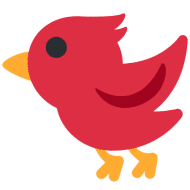Decorate with spectacular antiques from the 18th century: Eleiser Bloch fish engravings, are some of the most beautiful, 18th Century Ichthyology prints, ever published. Enjoy and choose from our spectacular collection, antique Bloch Fish prints, consisting of ocean and tropical species of fishes.
Finishing Touches for a Spectacular Room: Ocean Inspirations

Do you love the beach and want your home to feel like you live there? These Eleizer Bloch fish engravings are nearly 250 years old. They are 18th Century Ichthyology prints. You are preserving the past while diving into the future, when you decorate with these antique fish prints. Here are 2 examples of the impact of an installation, framed & hung: displayed in a set of nine, hung in grid of 3 rows of three; and displayed in a set of 16 of 4 rows stacked of 16 of four.

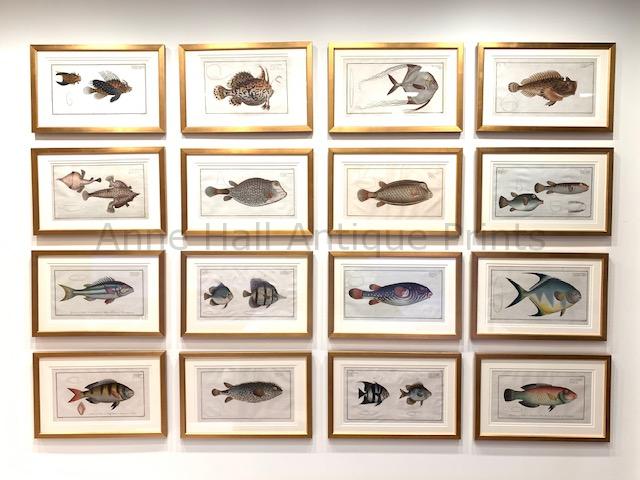
A set of 10, framed 18th Century Ichthyology prints, Elieser Bloch fish.
This set of 10, Elieser Bloch fish engravings are framed. Ready to ship. They are rare German 18th Century Ichthyology prints. Acclaimed as “the most beautiful fish illustrations ever produced.” Imagine this collection of framed antique prints on your wall. Available and ready to ship.
Each Elieser Bloch fish engravings is an antique hand colored copper plate engraving. In excellent condition. With intense watercolors. Framed in 100% double archival matting. Complete with UV glass. Framed in a high-end gold-leaf picture frames. Ready to hang. Each piece measures 13×20″ finished with detailed information on the reverse. Shipping charges to be determined. Call Anne at 413-245-4197 to discuss availability and your order. Or email anne@annehallantiqueprints.com.


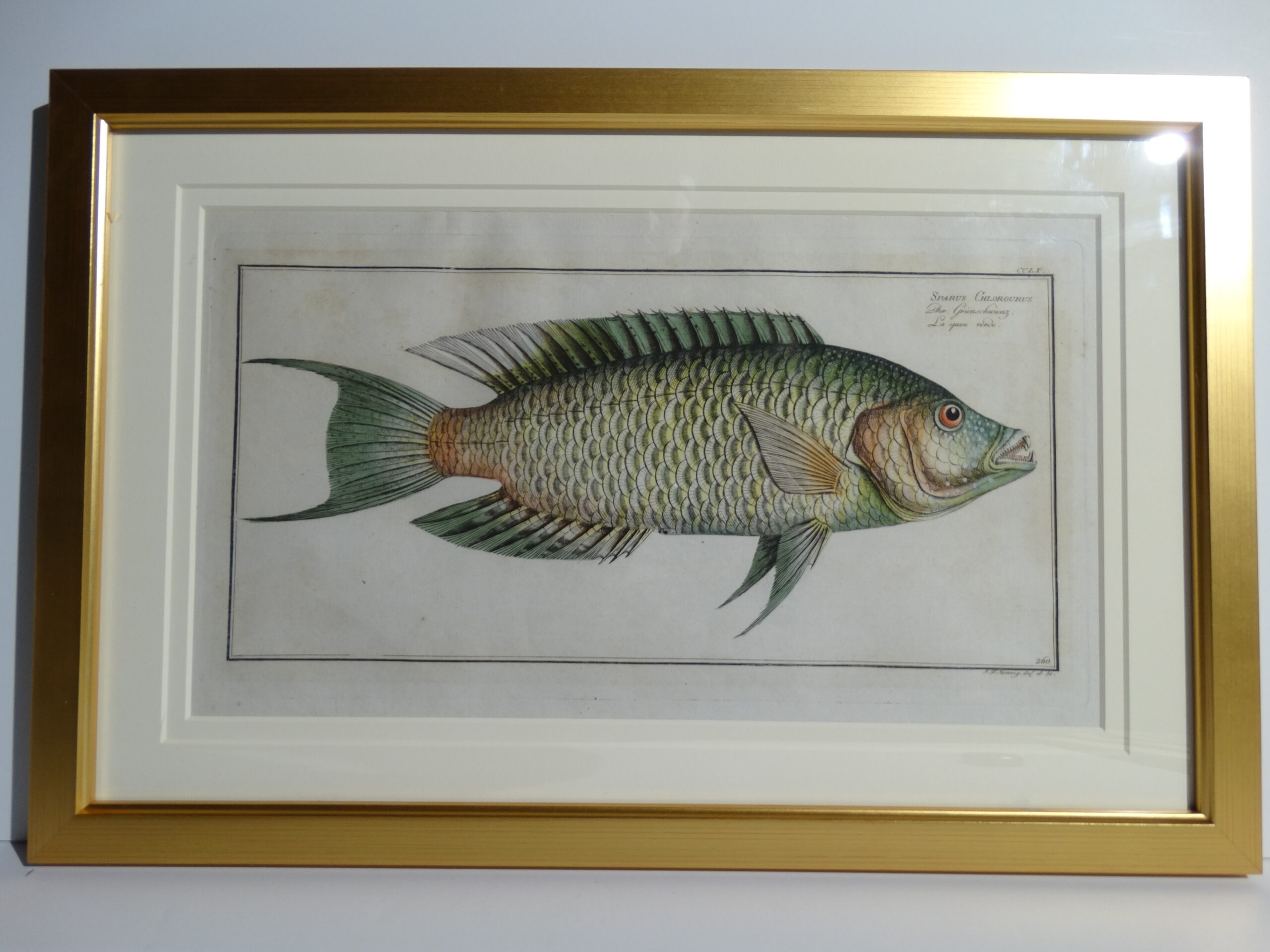



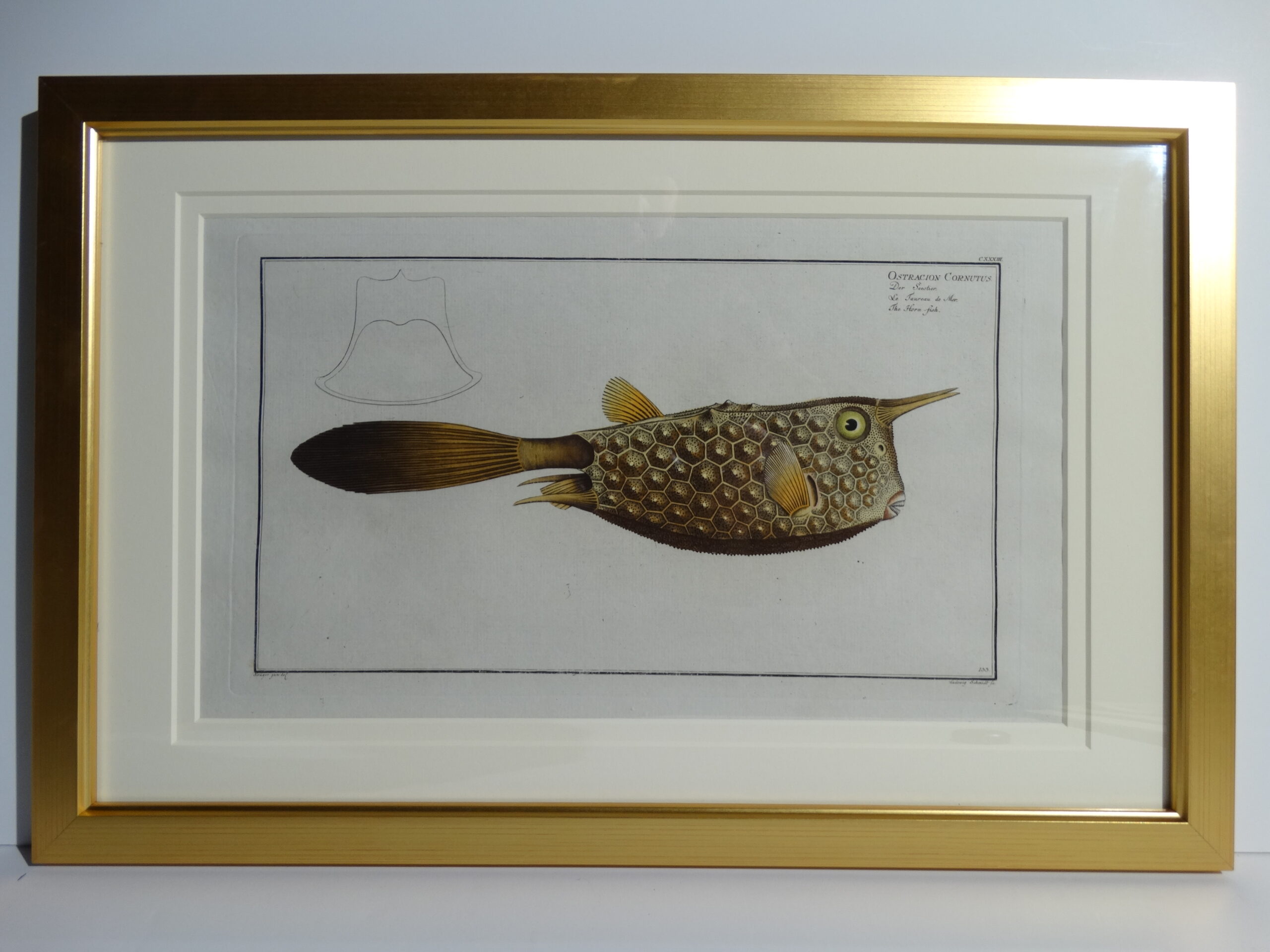

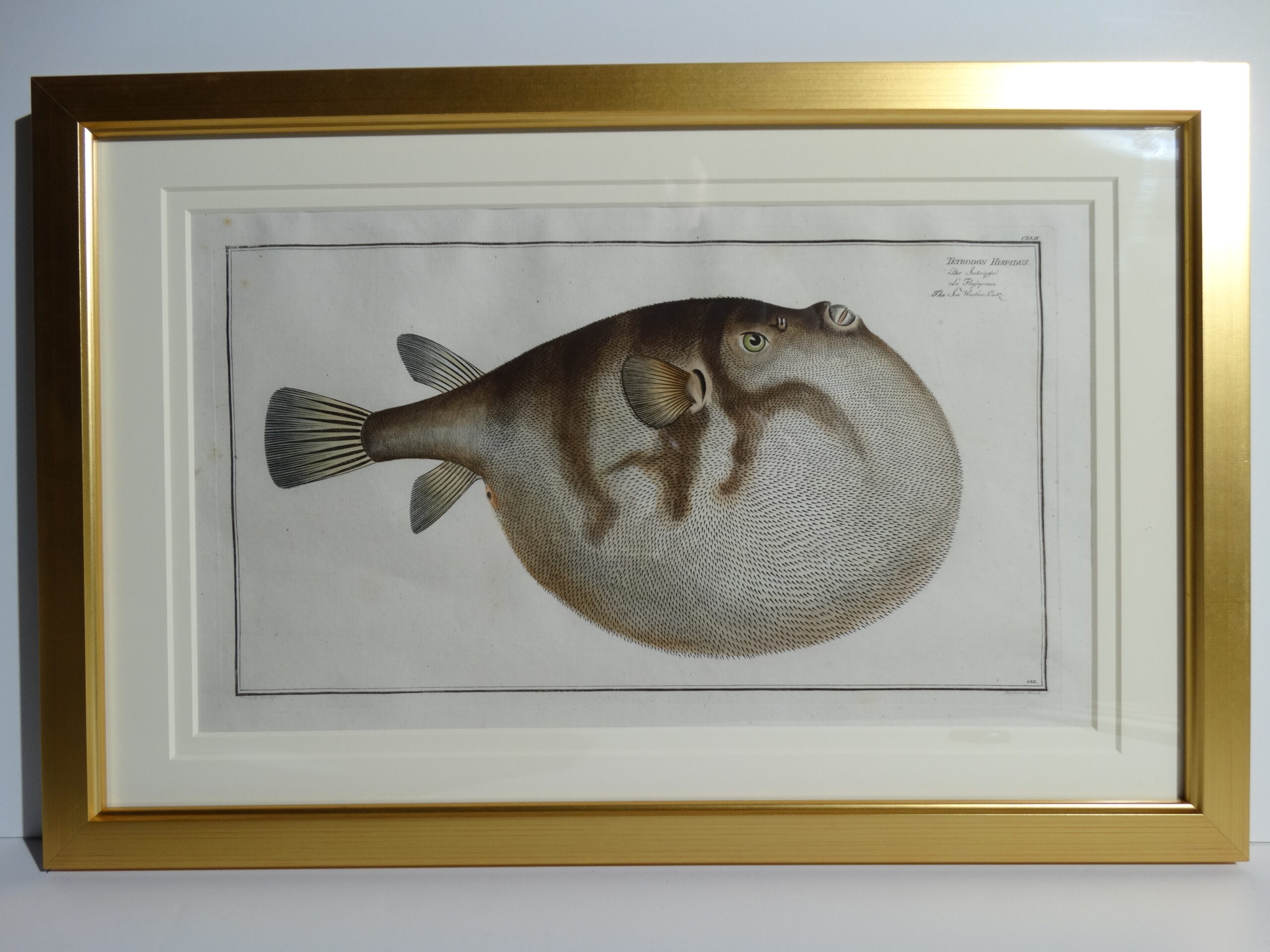
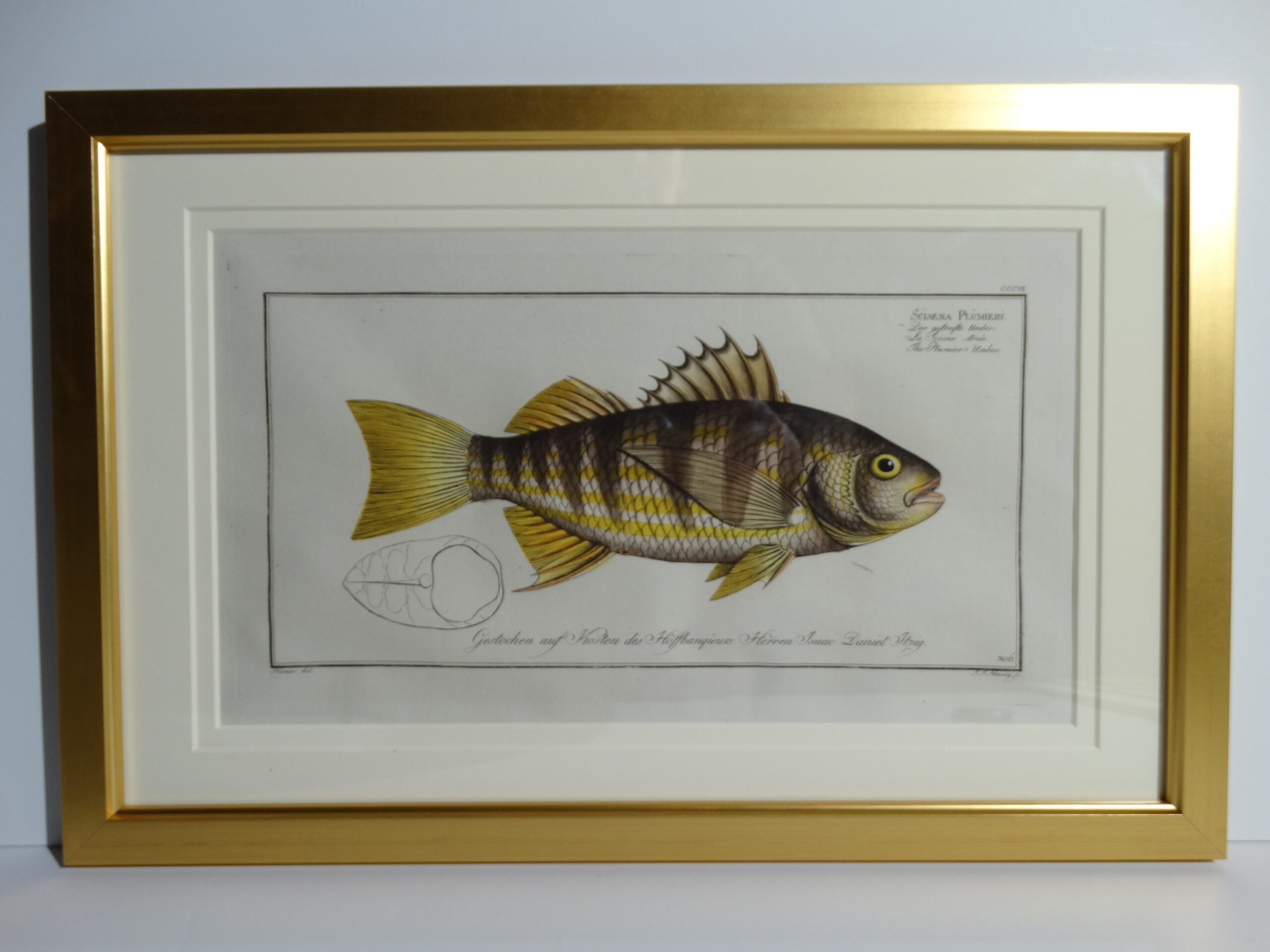
Set of 15, Fine Antique Prints of Fish, by Eliezer Bloch, Published Berlin 1772-1778
Marcus Elieser Bloch lived in Germany from 1723 to 1799. Furthermore, he was both an Ichthyologist and Physician. Published from 1772-1778 in Berlin his work entitled “Okonomische Allgemeine Naturgeschichte der Auslandischen Fische” is considered the finest work on fish ever produced. Each beautiful antique watercolor copper plate engraving on hand made hand laid linen rag is in superior bright color and condition. Each piece measures just about 9 1/2 x 16 1/4″.

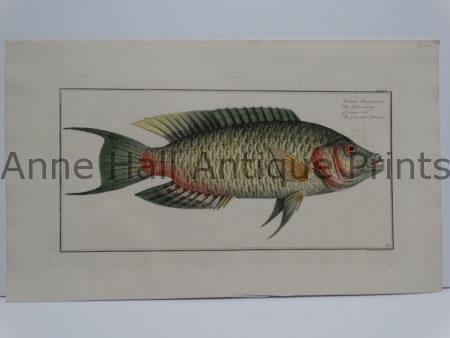
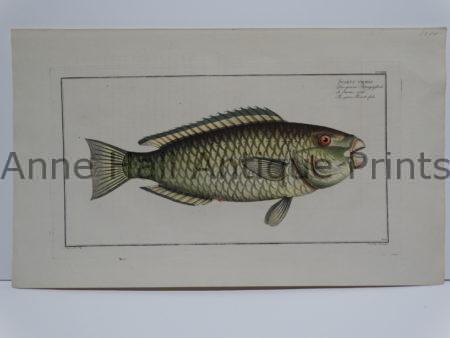


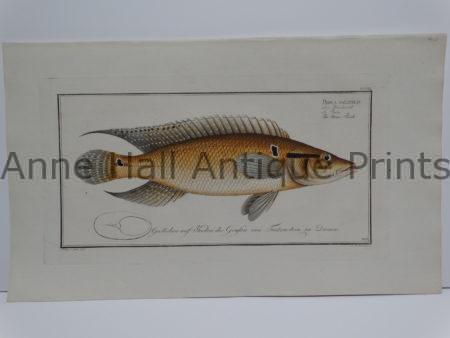
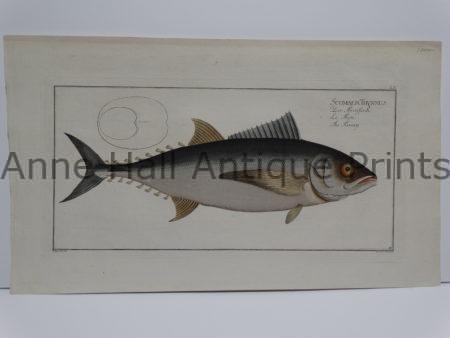
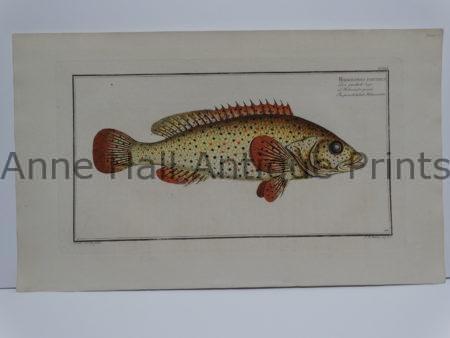
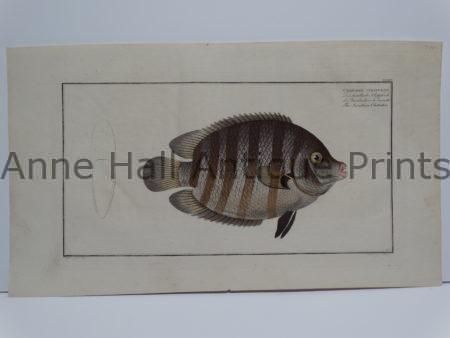
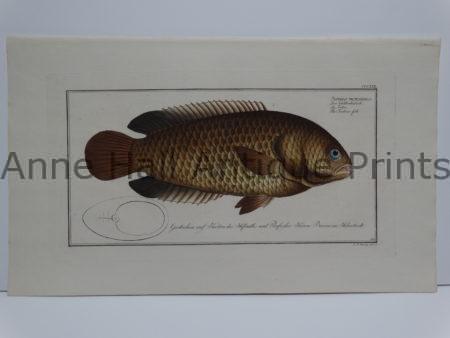

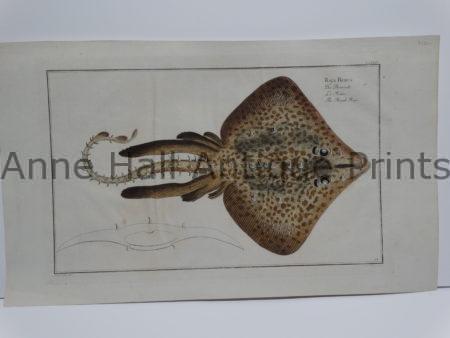
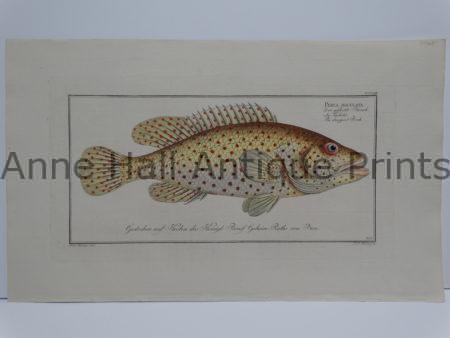


Marcus Eliezer Bloch 18th Century Ichthyology Prints
Published from 1772-1778 in Berlin Germany, the Elieser Bloch fish engravings measure @ 9 1/2 x 16″ rare 18th Century Ichthyology prints, engraved by copper plates with bright watercolors, on hand made hand laid rag paper. Please inspect the photos carefully, a few have old folds. 9 1/2 x 16 1/4″. Phone 413-245-4197 or Click here to contact us to place your order.


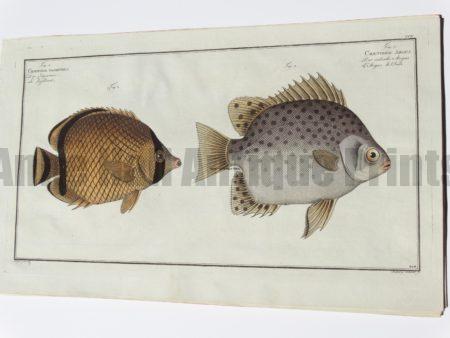
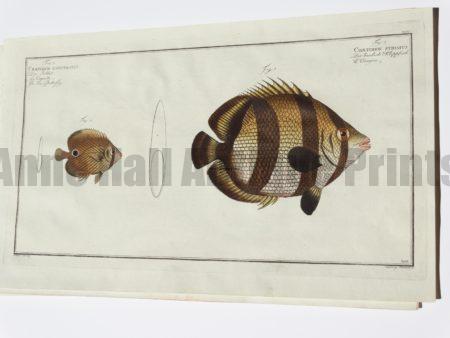
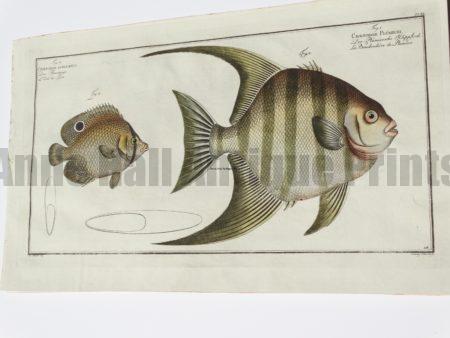

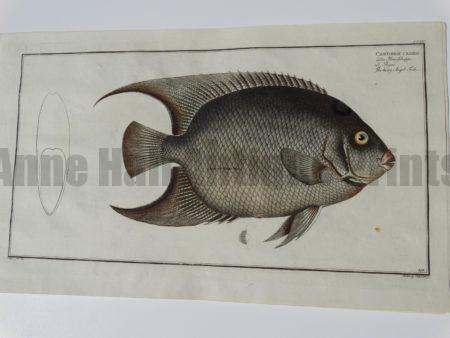


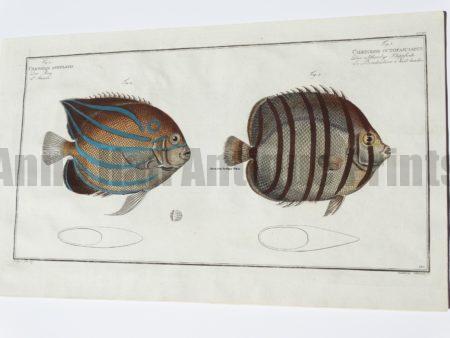

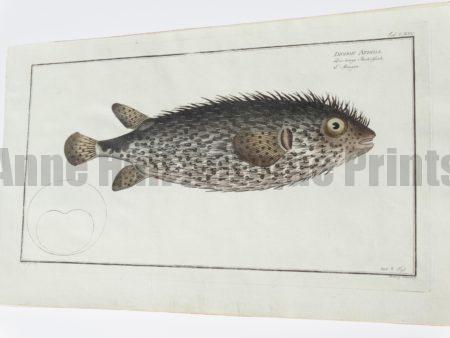
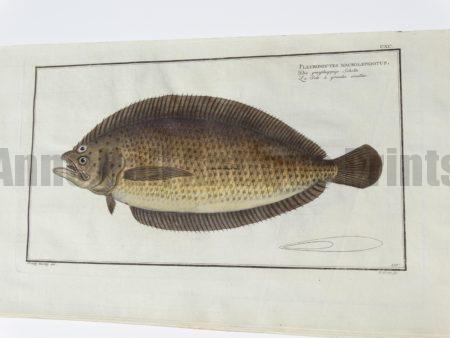
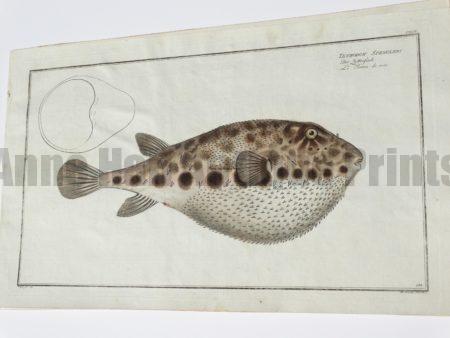
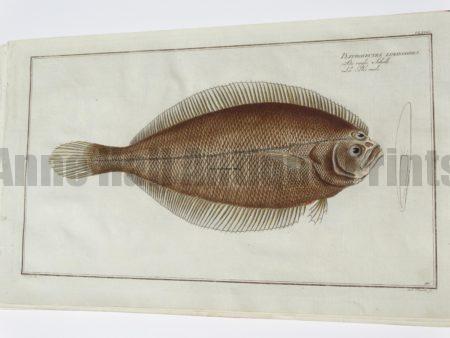
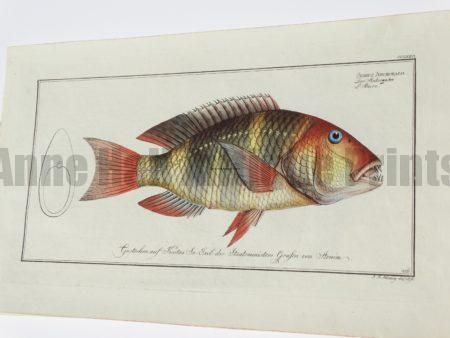
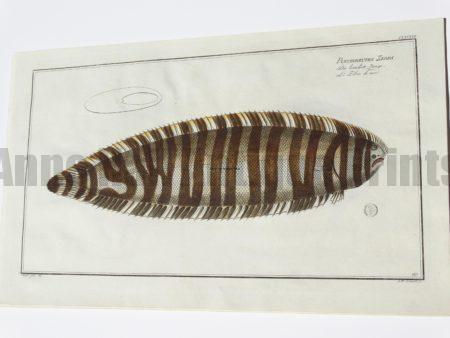


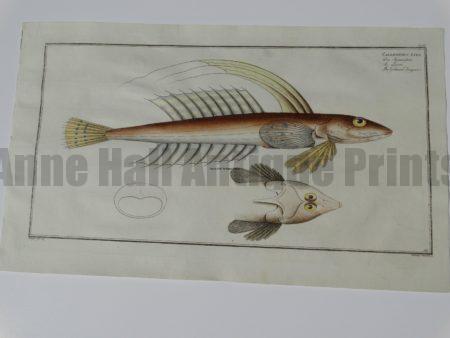

Published from 1772-1787 in Berlin his work entitled “Okonomische Allgemeine Naturgeschichte der Auslandischen Fische” and considered the finest work on Ichthyology ever produced.
A Set of 27, Marcus Elieser Bloch Fish Engravings:
Solsd individually, this set of 27 fish are sold individually. Folio 1772-1778 Eliser Boch fish. Each piece iis a beautiful antique. An originally hand-colored copper plate engraving. On hand made hand laid linen rag. With vivid bright color. In excellent condition. Especially for these antique prints, nearly 250 years old. Each piece measures just about 9 1/2 x 16 1/4″ and vary just slightly.
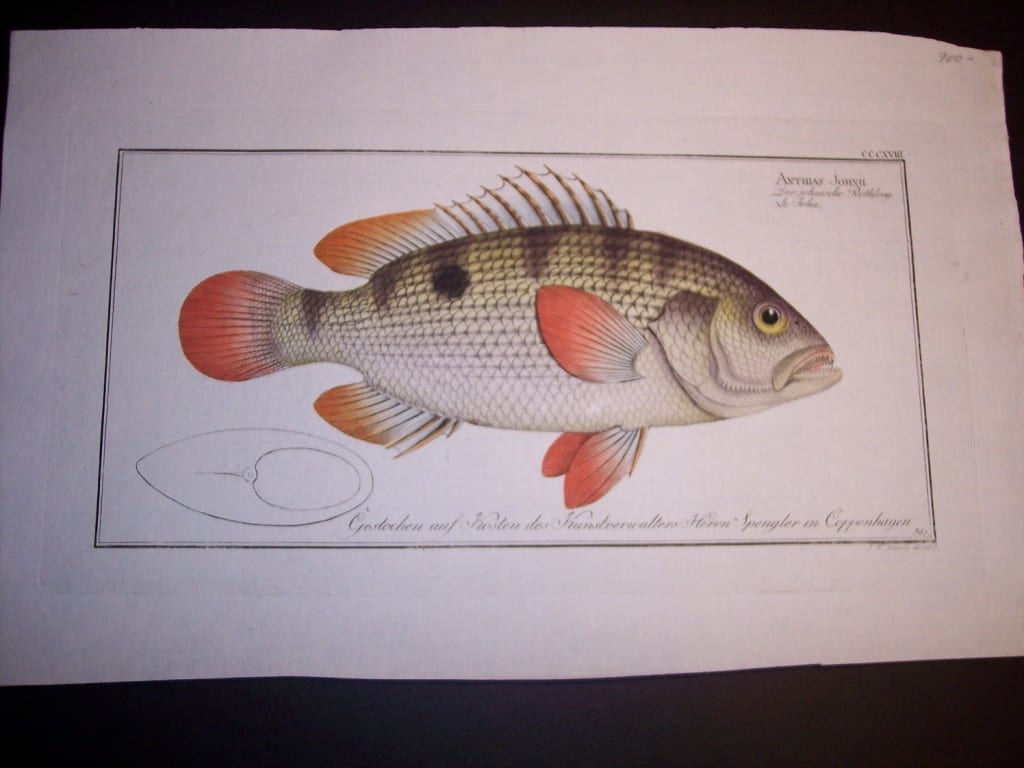
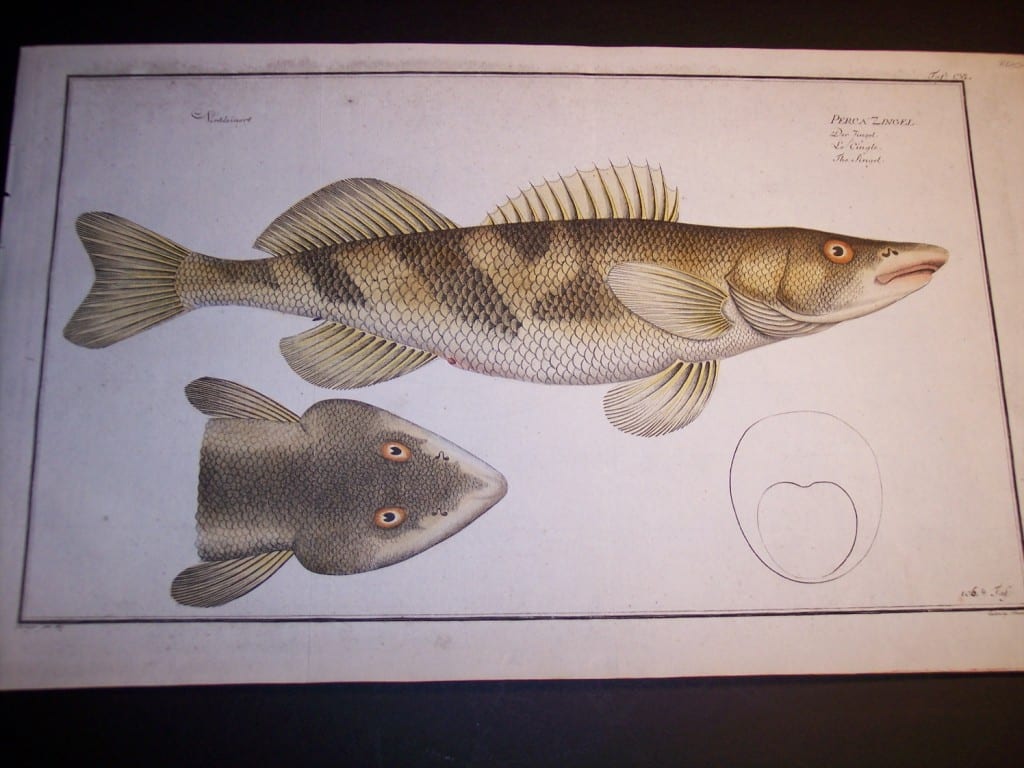

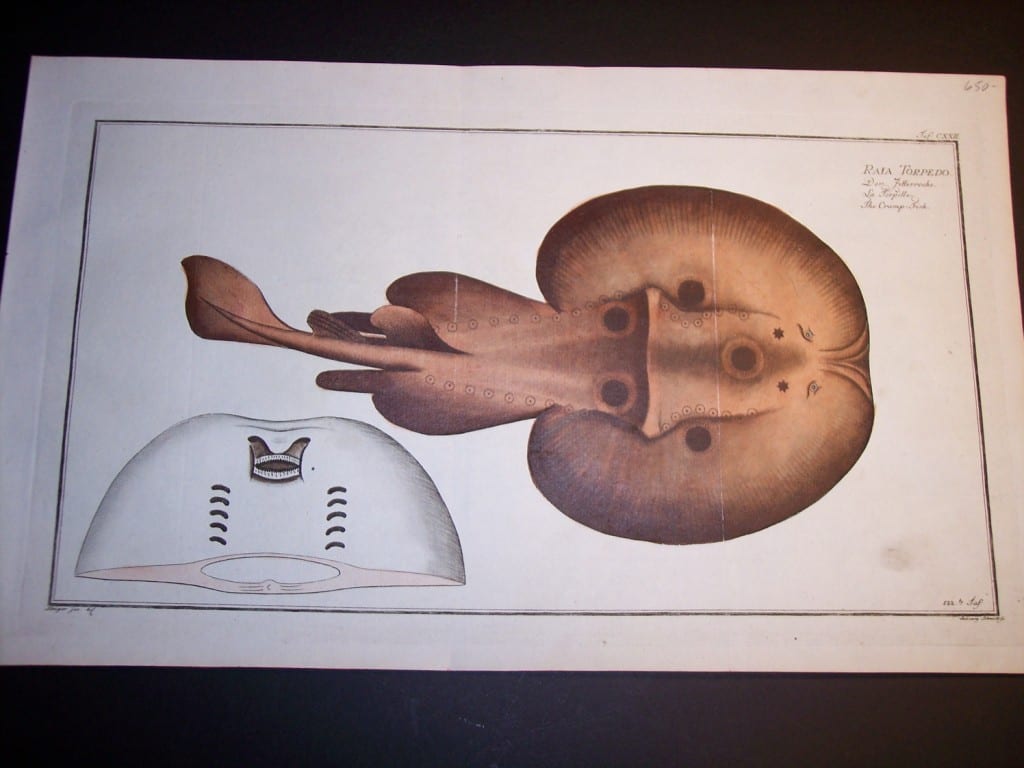
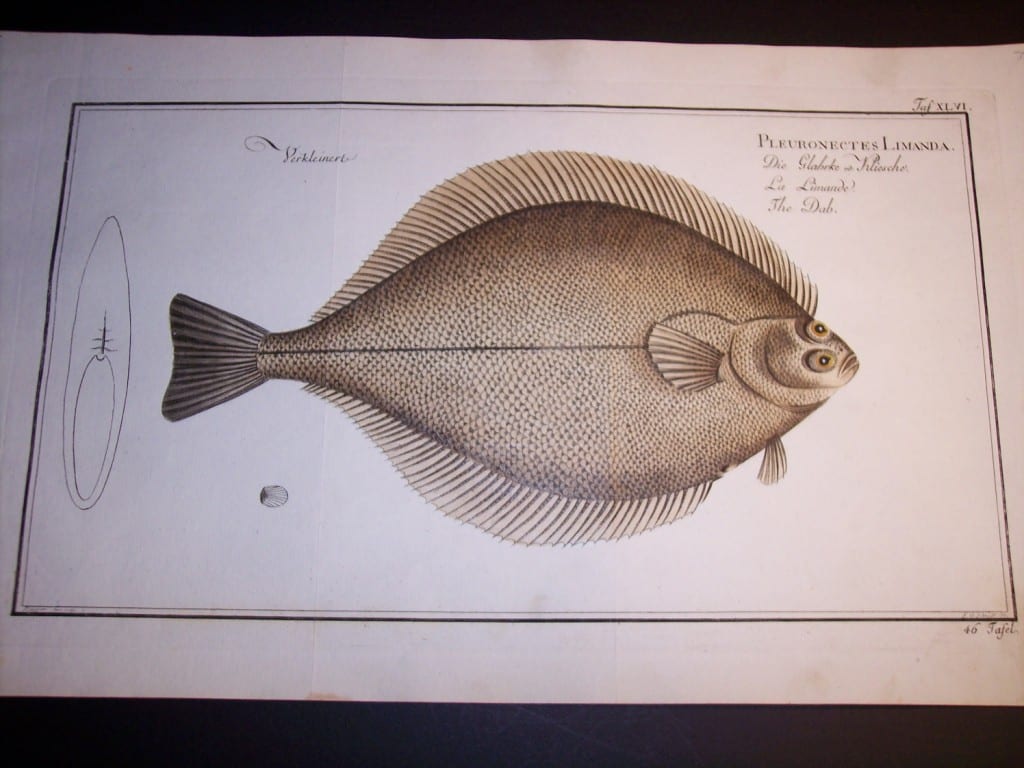
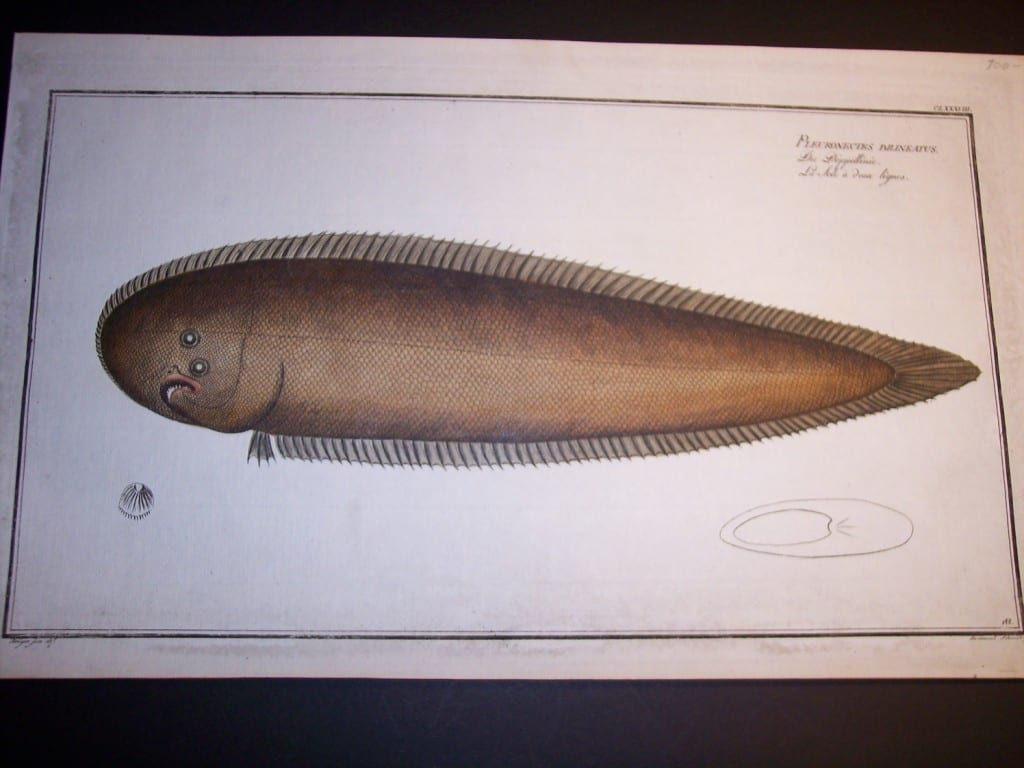
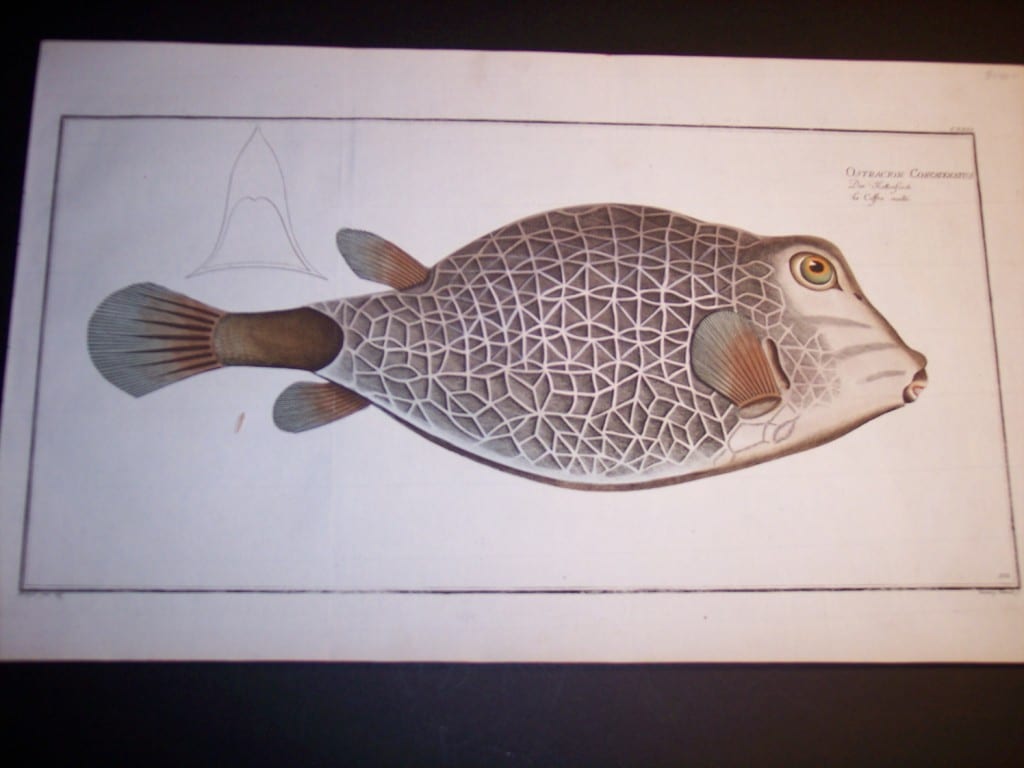
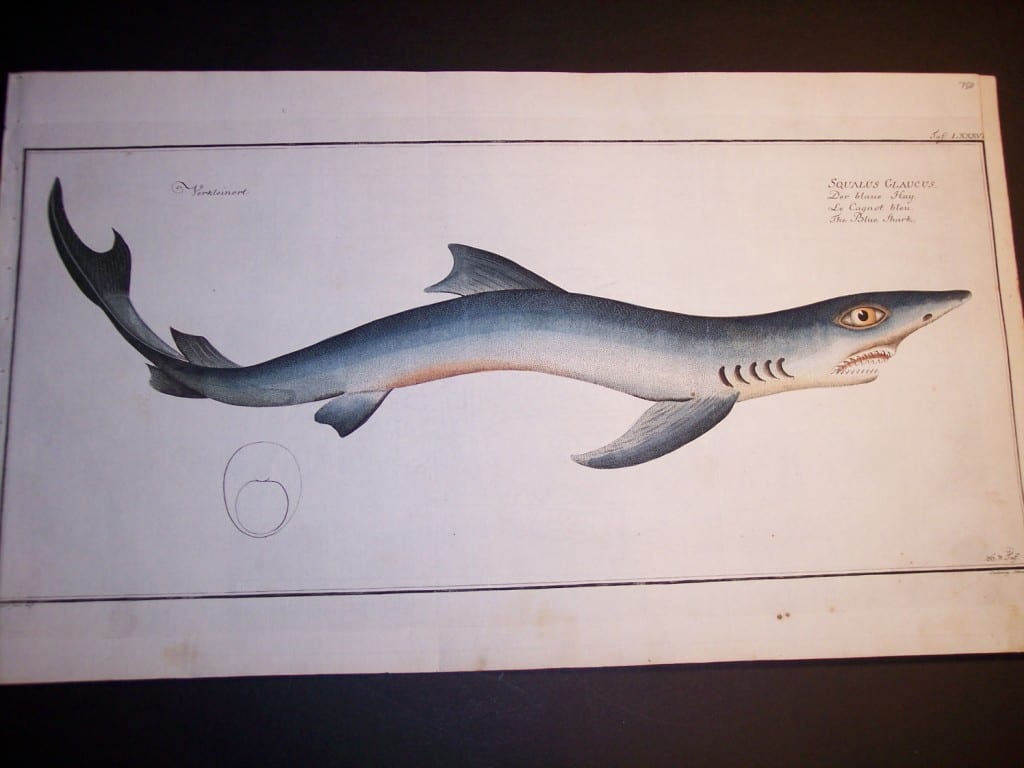

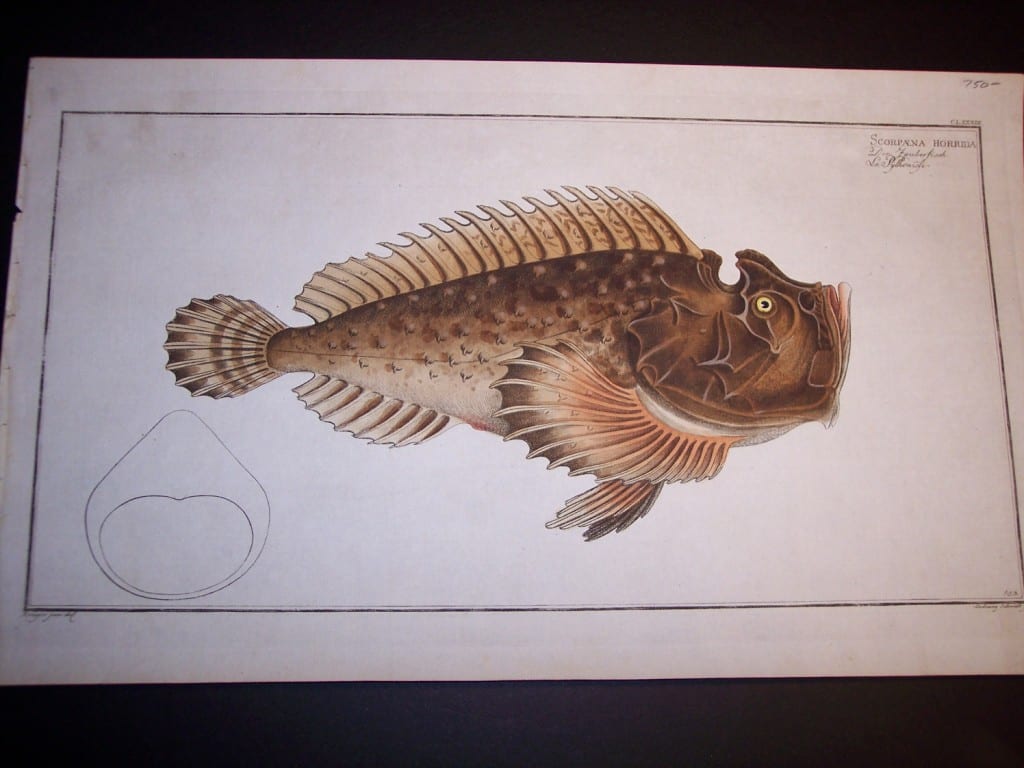
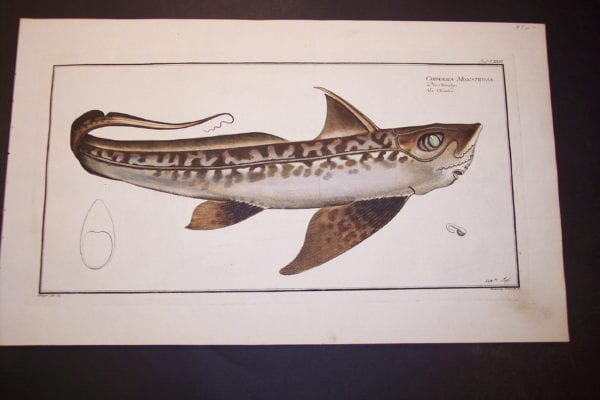
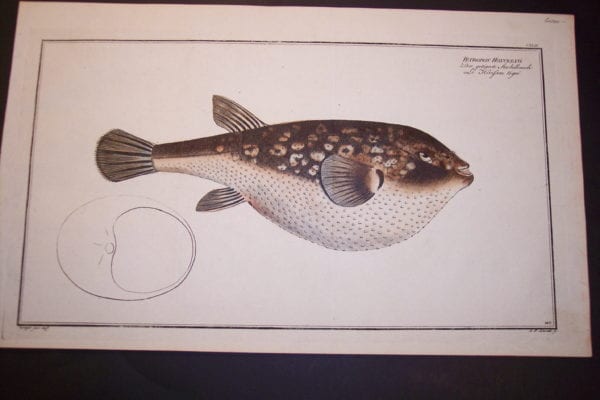
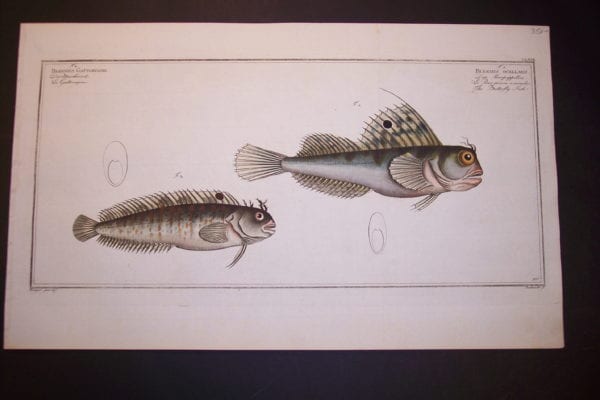
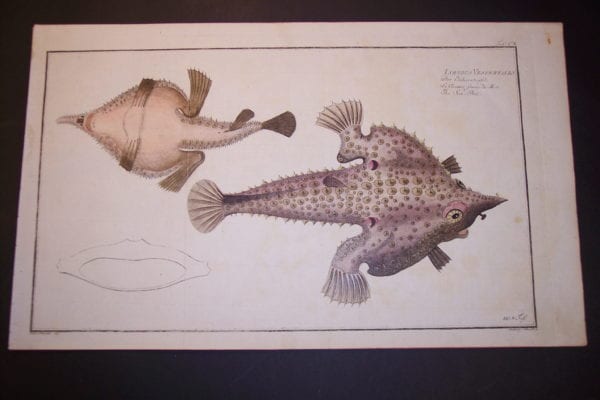
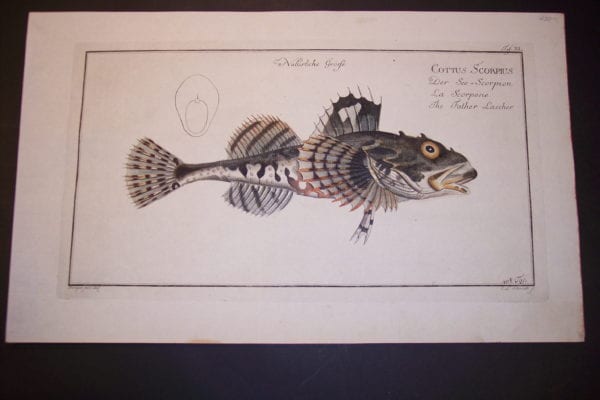

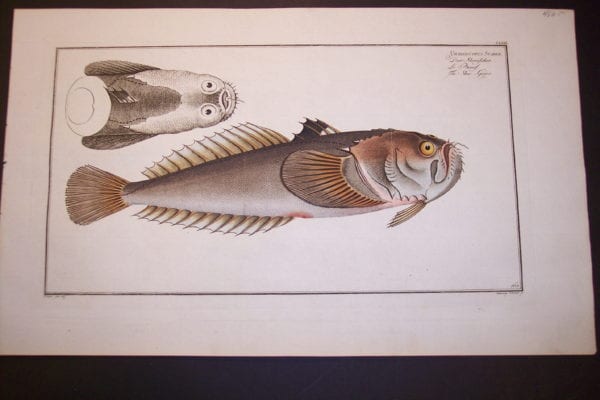

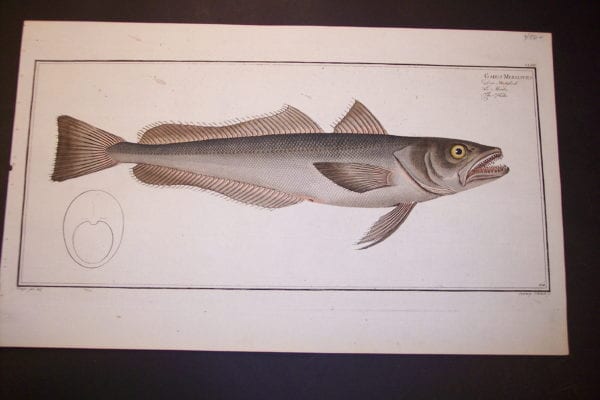
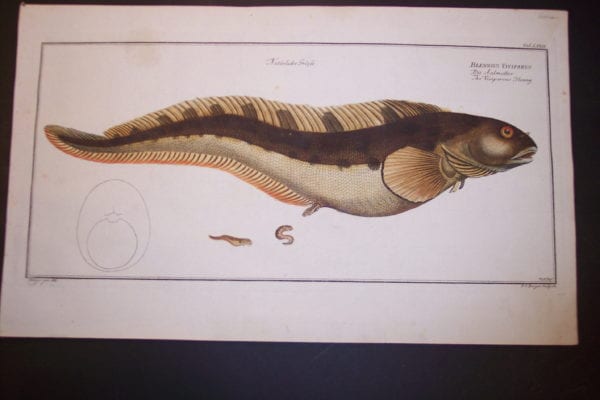

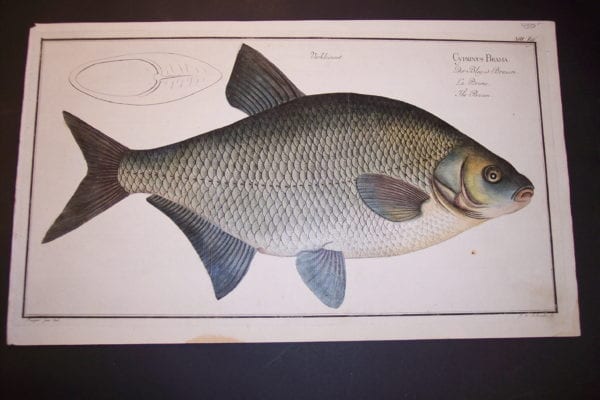


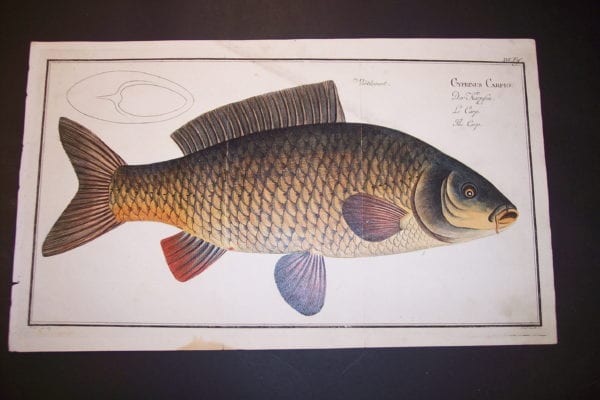
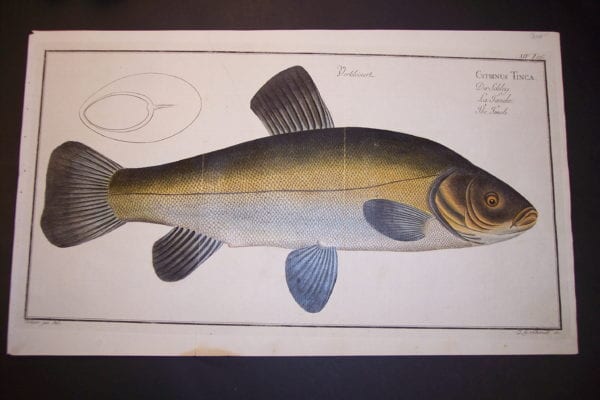
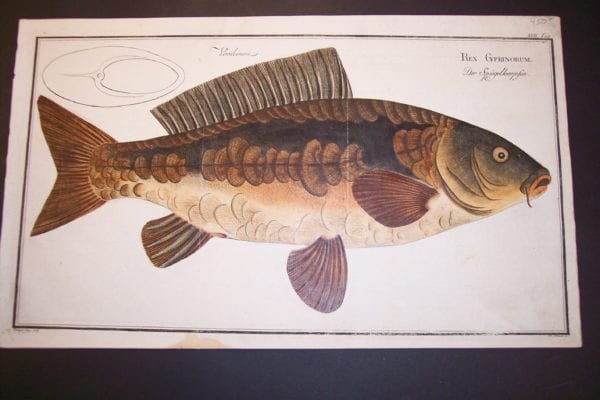
Description: Marcus Elieser Bloch fish engravings from 1772-1778, 18th Century Ichthyology prints…
Published during the 18th Century, in Nuremburg, Germany from 1772-1778, these wonderful fish engravings are considered to be the finest of all fish prints ever produced on the subject of fish. Bloch was born in Anspach and practiced as a physician in Berlin. He is best known for his encyclopedic work on ichthyology. Between 1772 and 1778 he published Allgemeine Natureschichte der Fische. It is a 12 volume illustrated, comprehensive work on fishes.
The first three volumes describe fishes Germany and were entitled Oeconomische Naturgeschichte der Fische Deutschlands, the remaining volumes dealt with fishes from other parts of the world and were entitled Naturgeschichte der auslandischen Fische. Bloch’s collection of about 1500 specimens is preserved at the Museum for Natural History (Naturhistorisches Museum) of the Humboldt University of Berlin.
18th Century, Hand-Colored Copper Plate Engravings
These 18th Century Ichthyology prints are beautiful because the watercolors were applied so well. Some are metallic. In the 18th century, watercolors came from minerals, heavy metals, bugs and plants. If you see silver, the watercolor was derived from the metal silver.
These rare hand colored antique engravings published in Germany from 1772-1778. The lifelike fish prints Bloch produced are considered the finest work on Ichthyology. Furthermore, the prints are considered rare to scarce in the rare book world. Bookplates are far and few between. These are hand colored copper plate engravings on hand made hand laid linen rag. The watercolors are spectacular, bar none.
The Evolution of Printing in the Age of Discovery…
The history of antique printing methods of the 16th, 17th, 18th and 19th centuries is interesting. My website consists of old prints, published in obsolete printing methods, that really do not exist today. The subject revolves about how fast information could be published for readership. Readership revolved around new discoveries. Especially in the area pertaining to natural history. If one could discover a new species of fish. That would boost the desire for information. Which had a trickle down effect.
Soon, the publications became subscriptions, everyone wanted them. Like today, everyone wants the latest information. Initially periodical subscriptions were made to those who could afford it: royalty, clergy, noblemen, etc. Who read? The answer is the educated, wealthy, clergy, etcetera. Oftentimes on expeditions, specimens were collected and captured, many alive. Many did not survive the journeys home. Nor the conditions when relocated.
18th Century publishing was basic economics: supply & demand.
Demand for information always leads to greater supply of publications. That was true centuries ago. As a result publishing books & periodicals became more popular. First up was to publish religious material in the 15th & 16th centuries. Only the high priests could convey the printed messages. This lasted for a long time. Around 1800 or so, many more people were reading. So it was fashionable to be educated. Which was done by reading books. Many of which were illustrated. Everyone could understand a beautiful picture. People did not have to understand all of the words. Lifelike illustrations explained quite a lot.
In the 18th and 19th centuries, museums of curiosities became the rage.
Many naturalist’s journeys were three months at sea. 18th and 19th Centuries museums of curiosities became the rage. Hoards of people would rush to museums to see exotic specimens brought home from expeditions of early explorers and naturalists. Royalty, Clergy financed explorations and hence illustrations, publications developed.
Often times young men, early scientists, aboard ships recorded the natural history sightings they saw along the way. They recorded every detail of the natural history specimens they came across. All of this absolutely fascinated the public. So the history of illustration, depicting and describing what had been found, along these tremendous explorations became a craze. How fast the information moved forward can be seen through the history of printing.
Exactly as the way things are moving forward quickly these days, so did it in the history of printing. It started with very slow laborious hand drawn pages by scribes and monks onto velum, to copper plate engraving on hand made hand laid linen rag paper, and moved forward to faster and faster printing, from lithography, hand colored or not to printing in colors, chromolithography. All driven by readership subscriptions. It all ended about 1900. when photographic printing became the 20th century tool, to today, when everything is digital and untouchable on the internet. Thank you for visiting my website!
